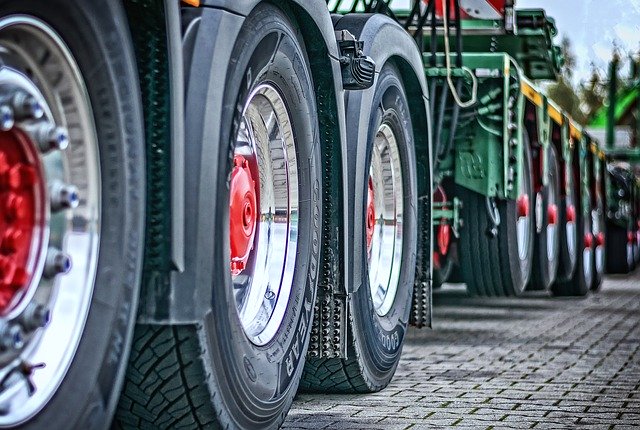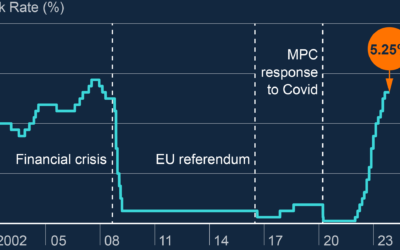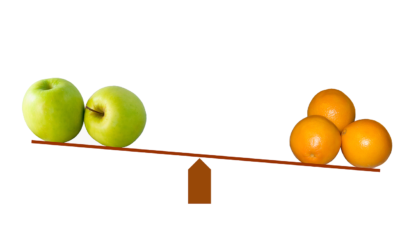Asset Finance – What is Leasing & Hire Purchase?
We hope you enjoyed reading our last post focusing on Invoice Finance and COVID-19. If you didn’t see it, you can read it here.
The second guide in our series on business cashflow finance will be answering the following question: “Asset Finance – What is Leasing & Hire Purchase?”
Leasing and Hire Purchase are two of the most popular forms of finance in the UK, behind only bank overdrafts and credit cards in terms of SME use. They allow businesses to obtain equipment, machinery or other business assets without large upfront costs that can put a strain on cashflow and working capital.
Hire Purchase contracts usually involve a deposit and fixed payments over an agreed term.
A Lease (either a Finance or Operating Lease) allows the business to use the asset in exchange for rental payments, which may include an advanced rental, over an agreed period.
What is Hire Purchase?
Hire Purchase is where the borrower agrees to purchase an asset from the lender over a specified period. You own the item at the end of the contract. Usually, there is a small fee at the end of the contract to secure title to the asset.
What is Leasing?
A Finance Lease works as a rental agreement. The business will agree to a fixed or minimum term rental period for an asset and make regular rental payments for the duration of the lease contract. At the end of the agreement, the business may have an opportunity to continue renting or to return or possibly exchange the asset.
94% of Asset Finance applications are successful
(British Business Bank Small Business Finance Markets Report, 2017)




